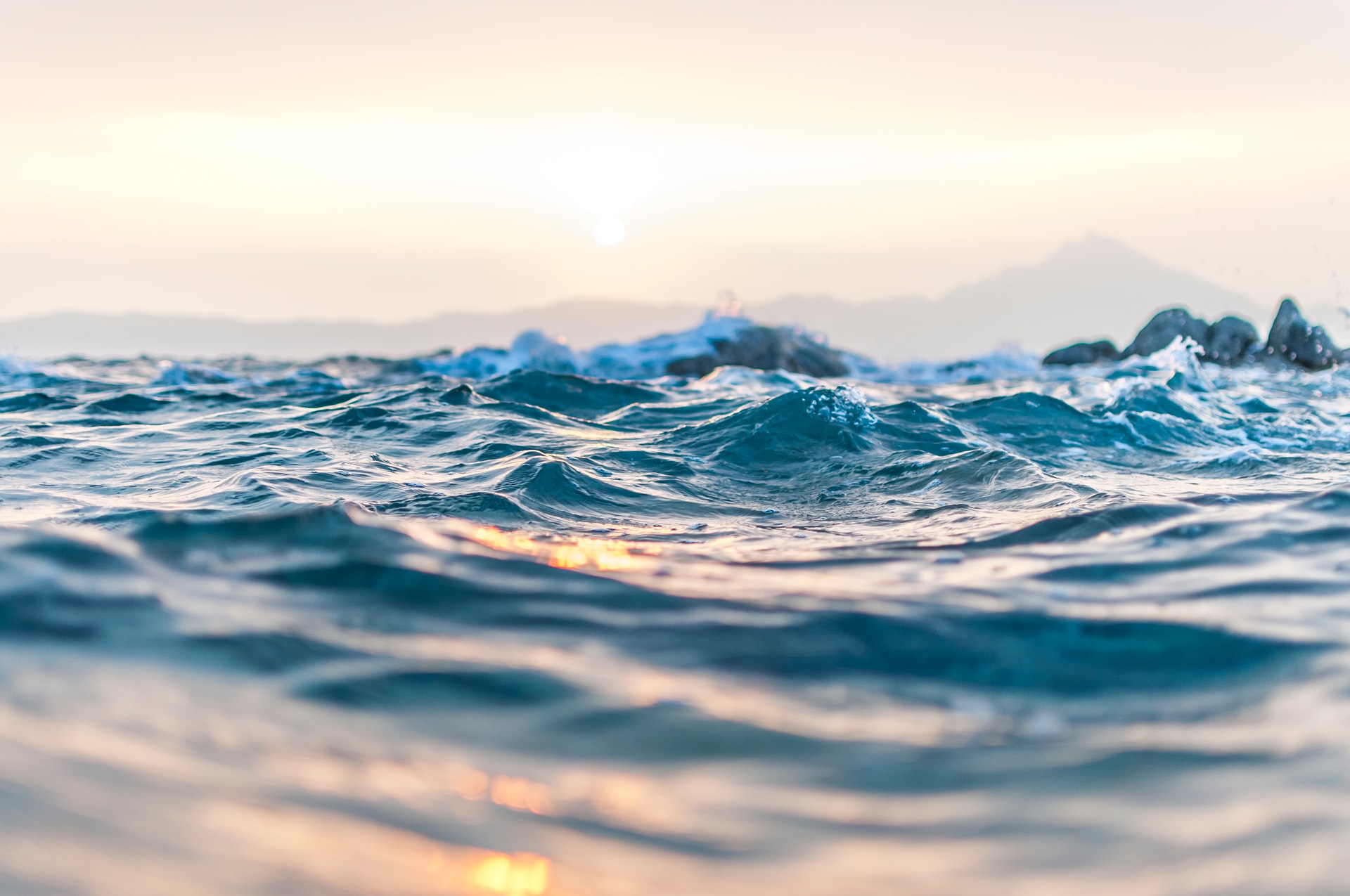The planet’s water system is a vast unexplored world. For marine and ocean creatures it is the main habitat. Water bodies provide drinking resources for humans, nourish plants and microorganisms. All life on Earth grows, develops, and matures thanks to the hydrosphere.
The hydrosphere is the Earth’s water envelope, combining seas, oceans, continental bodies of water, rivers, underground springs, the planet’s ice sheets, and atmospheric evaporation.
Life is thought to have originated here. It was not until the Paleozoic that the flora and fauna gradually began to make their way onto the land. The main part of the globe is occupied by the waters of the oceans – 71%. The average depth is 3,800 meters; the maximum depth is 10,994 meters (the Mariana Trench in the Pacific Ocean). The oceanic crust consists of basalt and sedimentary layers.
The aquatic ecosystem includes:
- The world’s oceans. Consists of salt and gas formations. The upper part contains 140 trillion tons of carbon dioxide and 8 trillion tons of oxygen.
- Continental surface waters. Covers a small part of the hydrosphere, but is the main source of water supply, watering and irrigation. This part of the water envelope always interacts with the atmosphere and lithosphere.
- Groundwater. The main source of food for all vegetation on Earth. Solid water in the form of glaciers, snow in the northern parts of the planet is called the cryosphere.

